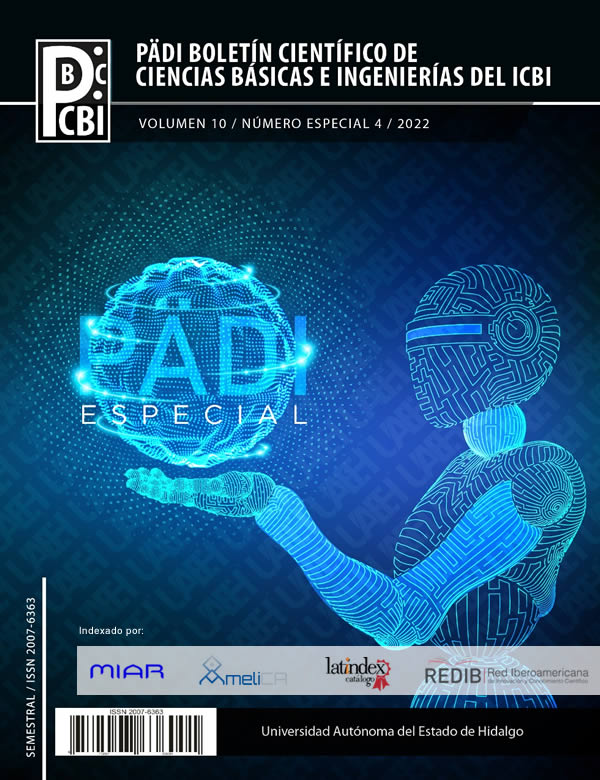Development of an active cancellation system
Abstract
The requirement for reducing the environmental noise increases as the amount of electrical equipment, either domestical or industrial becomes larger. To solve this problem several active noise cancelling schemes have been developed based on adaptive filters, which generates in a replica of the noise signal with inverse phase which reduce the noise by superposing both acoustic waves, because these systems are able to track the variations of the noise characteristics. These schemes carried out the cancelation in the acoustic domain instead of to do it in the electrical one, consequently must operate in a tridimensional space. This paper presents the development of an acoustic cancelation system in a duct, using FIR adaptive filters to estimate the noise signal as well as the secondary path. Evaluation results in time domain as well as in frequency domain show the proposed system provides an attenuation of at least 20dB when it is required to operate with nonstationary signals such as those produces by motors of trucks, airplanes among others.
Downloads
References
Aoki T. & Morishita T., (2001). Active noise control system in a duct with partial feedback canceller, IEICE Trans. on Fundamentals of Electronics, Communications and Computer Science, 84 (2), 400-405.
Beranek L. & Ver I, L., (1992). Noise and Vibration Control Engineering: Principles and Applications, Wiley, New York.
Bustamente R & Perez Meana H., (2001). Development, Simulation and Comparison of Orthogonalized LMS Algorithms for Active Noise Control, Journal of Electromagnetics Waves and Electronic Systems, 44-49.
Campos L., Lau F., (2009). An active noise reduction in a cylindrical duct with flow, International Journal of Acoustic and Vibration, 14, 150-162.
Da Silva L., Da Silva J., Colores J., de Luna A, Haddad D., (2020). Bias compensated FxLMS algorithm, Electronics Letters, 56, 1340-1343.
Harris C. M., (1991). Handbook of Acoustical Measurements and Noise Control, McGraw Hill, New York.
Hoseini SA., Hoseini SI., (2021) A novel influence function M-estimator based for active control, Archives of Acoustic 48, 499-506.
Kang J., Kim H., Oh D,. (2021), Active noise control in fire vehicles, Transaction of the Korean Society of Mechanical Engineering, 45, 1001-1008.
Kuan-Chen C. hen-Yuan C. Kuo S., (2017). Active noise control in a duct to cancel broad band noise, Int. Conference on Science and Engineering, 237, 22-26, Indonesia.
Kuo S. M. & Morgan D. (1996): Active noise control systems, Wiley, New York.
Kuo S. M. and Morgan D.1999): Active noise control: A tutorial review, Proceedings of the IEEE, 87, 943-975.
Linus Y., Yong K., Heon P., (2017), The performance of active noise cancelling headphones in different noise environments, Applied Acoustic, 122, 16-22.
López P., Beltran J., (2021). Low delay short word length sigma-delta active noise control., 68, 3746-3757.
Muneyasu M., Wakasugi Y., Hisayasu O., Fujii K. and Hinamoto T. (2001): Hybrid active noise control system based on simultaneous equation method, IEICE Trans. on Fundamentals of Electronics, Communications and Computer Science, 84(2) 479-481.
Nelson P.A. & S. J. Elliot S. J. (1992): Active control of sound, Academic Press, San Francisco Ca.
Omoto A.(2002): Active noise control: adaptive signal processing and algorithms”, IEICE Trans. Fundamentals, 85, 548 – 557..
Tobias O. & Bermudez J.(2000): Mean Weight Behavior of the Filtered-X LMS Algorithm, IEEE Transactions on Signal Processing, 48, 1061 – 1075.
Usagawa T. & Shimada Y. (2001): An active noise control headset for crew members of ambulance, IEICE Trans. on Fundamentals of Electronics, Communications and Computer Science, 84, 475-478.
Widrow B. & Stearns S. (1981): Adaptive Signal Processing, Prentice Hall, Englewood Cliffs N,J.
Yuksei O., Yilmaz C., (2014). Active noise control in a duct with flow, Journal of Dynamic Systems, Measurements, Control, 24, 1-7.
Zhang M, Lan H & Ser W (2003): A Robust on line secondary path modeling method with auxiliary noise power scheduling strategy and norm Constrain manipulation, IEEE Trans on Speech and Audio Processing, 11 45-53.














